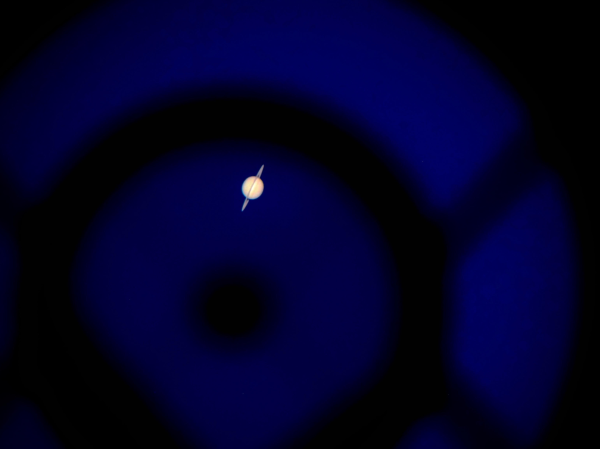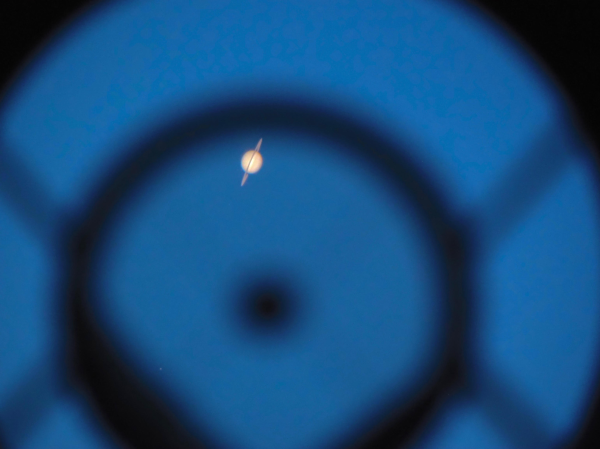Check out these pics to catch one last glimpse of Saturn's rings before they "disappear" from view for a while! 🪐 🤩
On 23 March, the Earth's orbit will cross the plane of the rings, making the majestic rings appear edge-on from our perspective. Since Saturn will be positioned very close to the Sun in the sky, it won’t be possible to observe it as the Earth crosses the plane. The rings will then become visible again in September this year.
Courtesy of ESO astronomer Abigail Frost, these images were captured in early January through the Nasmyth A focus of Unit Telescope 1 at our Very Large Telescope (VLT) in #Chile .
#astrodon #astronomy #astrophotography #science
On 23 March, the Earth's orbit will cross the plane of the rings, making the majestic rings appear edge-on from our perspective. Since Saturn will be positioned very close to the Sun in the sky, it won’t be possible to observe it as the Earth crosses the plane. The rings will then become visible again in September this year.
Courtesy of ESO astronomer Abigail Frost, these images were captured in early January through the Nasmyth A focus of Unit Telescope 1 at our Very Large Telescope (VLT) in #Chile .
#astrodon #astronomy #astrophotography #science




